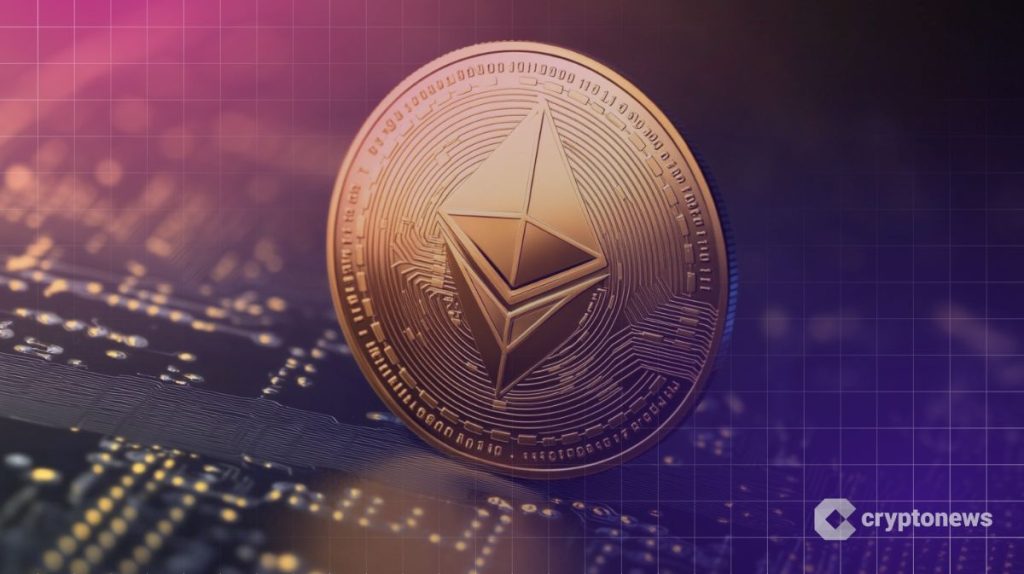Ethereum co-founder Vitalik Buterin says decentralized finance (DeFi) has reached a tipping point, where on-chain savings are not only viable, but starting to compete with traditional banks.
Speaking in a pre-recorded speech at a Dromos Labs event on Wednesday, Buterin said he was “encouraged” by how far DeFi on Ethereum has come in terms of security, maturity and usability.
“We’re going to see, I think, an increase in the number of people and institutions and all kinds of users around the world who are actually using this account as their primary bank account,” he said. “DeFi as a form of savings is finally viable.”
Buterin’s remarks reflect a broader shift in the industry that he says is moving from speculation to stability.
Ethereum-based DeFi was previously associated with high-risk lending, complex yield strategies, and frequent protocol exploits. But Buterin said the difference between 2025 and the start of the DeFi era of 2020 or 2019 is “day and night.”
Although he acknowledged recent breaches, including the multimillion-dollar Balancer hack earlier this month, he said smart contract security has improved significantly.
Blockchain analytics firm Elliptic noted that while crypto losses in 2025 are technically “dwarfing” those of last year, much of that figure comes from the historic Bybit hack in February, rather than DeFi’s structural weaknesses.
Buterin highlighted “leak testing,” a simple DeFi security measure that ensures users can still recover their funds independently.
He urged developers to keep Ethereum’s founding principles at its core: open source code, interoperability, and censorship resistance.
He also called on builders to design applications with consideration for both the Ethereum mainnet and Layer 2 networks. With new tools such as Lighter, which has reached over 10,000 transactions per second, Buterin said scalability is improving on both L1 and L2.
“With the right kind of engineering, this level of scaling is accessible to everyone today,” he added.
Ethereum’s DeFi ecosystem now processes over $1.9 trillion in transactions per quarter, with a $77 billion market and over 312 million active users as of mid-2025.
Source: DéfiLlama
Average DeFi savings returns hover around 8.2%, compared to around 2.1% in traditional banking.
Although DeFi operational costs remain lower, the sector still faces persistent risks, including $1.1 billion in fraud and hacks reported in the first half of 2025.
In contrast, global banks manage around $370 trillion in assets and process $405 trillion per quarter, but their slow settlement times and higher fees make DeFi’s permissionless structure increasingly attractive to users seeking autonomy and speed.




